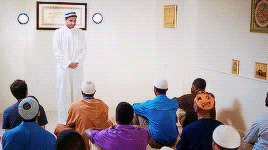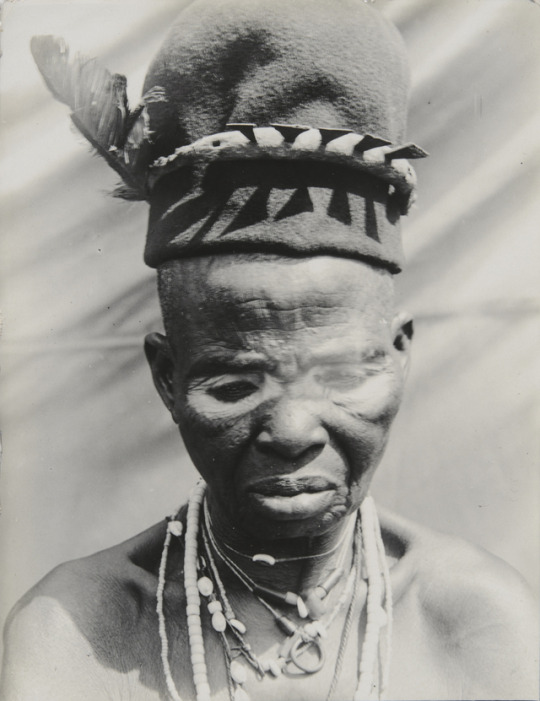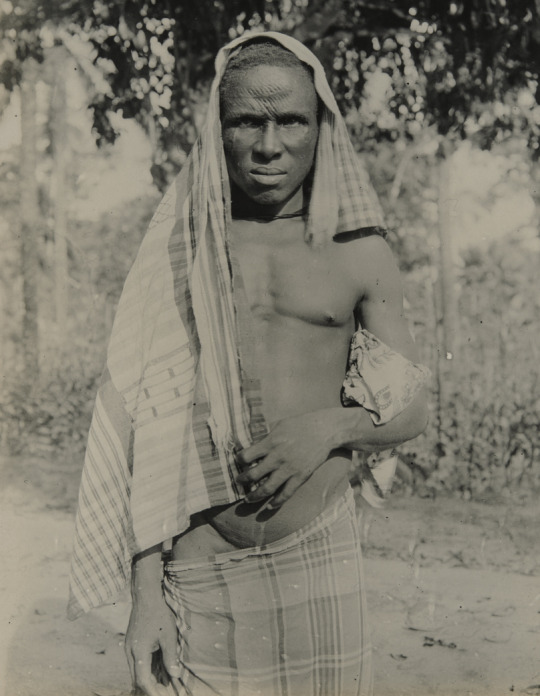Don't wanna be here? Send us removal request.
Photo






Images I took today @ the Black Lives Matter march in London, UK. Unity is such a beautiful thing.
169 notes
·
View notes
Photo










“A lot of things are a lot more haraam clearly in the Qur’an. Sodom, Gomorrah — that was about rape, that wasn’t about being gay.”
Naz and Maalik (2015), dir. Jay Dockendorf
2K notes
·
View notes
Photo

The Omu of Okpanam, whose name was not recorded, photographed by Northcote Thomas in 1912. Okpanam is an Enuani Igbo town near Asaba in Delta State, Nigeria today. The Omu [awe-mu] are titled women who control markets and are spiritual protectors to the Obi, the king, in Igbo communities west of the Niger River, typically among the Enuani, and in the past in Onicha (Onitsha) and Osomari on the east bank of the Niger River. There is one Omu in each community with the institution. The Omu work closely with diviners performing rites for the community and are the authorities over the opening of markets and resolving disputes within the market. The Omu depending on the community and period take titles typically reserved for men and also dress like men, as a consequence women who are post-menopausal are preferred for the role because such women in Igbo society could achieve the same status as men. As is custom in most communities, the Omu was not allowed to be married to a man, Omu were known to marry wives to assist them and have children for them. Colonialism greatly reduced the power of the Omu in the market and over society in general due to gender bias in the indirect rule system, colonialism was also partly the cause of the disappearance of the institution in some Igbo communities. Today there are many Omu who are still active in their roles.
283 notes
·
View notes
Photo

Nkiru Nzegwu; Alan Soble (2006). Sex from Plato to Paglia: A-L. Greenwood Publishing Group. pp. 39-40.
232 notes
·
View notes
Photo

“Achetefu(?) young man.” … “Hairdressing (Ibo) Man of Awka”. Northcote Thomas, c. 1911. MAA Cambridge.
188 notes
·
View notes
Photo

Okoye, photographed at Agukwu Nri by Northcote Thomas, c. 1911. MAA Cambridge. The marks on his face are known as ichi, given to the people of Nri by tradition.
92 notes
·
View notes
Photo

Young male Nkporo Ada initiates dancing masks with tall fibre extensions, eastern Igbo area, 1930s. Photo: G.I. Jones.
846 notes
·
View notes
Photo

Obugulu mau masquerade. A close up view of the masquerader wearing a white and black painted face mask adorned with an elaborate superstructure. The top of the mask consists of pieces of cloth, ribbon, felt. tassels, carvings, and mirrors. The costume is harlequin like appliques material.
76 notes
·
View notes
Photo


Nwa Ekpo, A boy’s masquerade. [Although these young maskers are Igbo, Ekpo masking was initially adopted from the Ibibio and in the Ibibio language Ekpo means ‘ghost’]. Photo: G. I. Jones, 1930s.
48 notes
·
View notes
Photo

Masqueraders at Ugwuoba, present-day Enugu State. Eliot Elisofon, 1959. Smithsonian.
Masked and costumed men […] masquerade during the annual yam festival, called ‘Onwasato’ in [Igbo]. The very colorful costumes of reds, whites and greens in stripes are called Iyolo, which means 'fine thing.’ The raffia costumes are called Udo, which means 'rope.’ […] The dancers are milling up and down the main road through the village, charging back and forth senselessly, dashing through the market area, shouting and jumping, some blowing horns hidden inside their masks. This was the first day of a four-day celebration, and was the first 'showing’ of the masquerade costumes.
– Eliot Elisofon, 1959.
162 notes
·
View notes
Photo

Igbo Agbogho Mmuo (maiden spiriti) maskers, early 1900s taken by Northcote Thomas.
1K notes
·
View notes
Photo

Ibibio hinged jaw masks (sides) and Igbo maiden spirit and ‘pretty’ okoroshi masks (centre and bottom right). From: Webster, W.D (1900). Illustrated Catalogue of Ethnological Specimens. European and Eastern Arms and Armour. Prehistoric and Other Curiosities, Vol. vol 4, No. 27.
103 notes
·
View notes
Photo

Ifogu masquerade, Nkporo-Igbo culture, Nigeria, 1930s. Photo: G. I. Jones.
160 notes
·
View notes
Photo

Part of the Nkporo Ifogu masquerade.Head and shoulder portrait of a masquerader wearing an Ogu wooden face mask, with a knife-like protrusion from the forehead, three cylindrical protrusions, slits for the eyes and painted in dark and light colours.
G. I. Jones, 1930s.
436 notes
·
View notes
Text
“If the young are not initiated into the village, they will burn it down just to feel its warmth.”
— African Proverb (via yourhue)
295 notes
·
View notes
Photo

Tiered seats under trees in an Igbo village square for public activities. Photo by Gustaf Bolinder 1930-31.
126 notes
·
View notes









